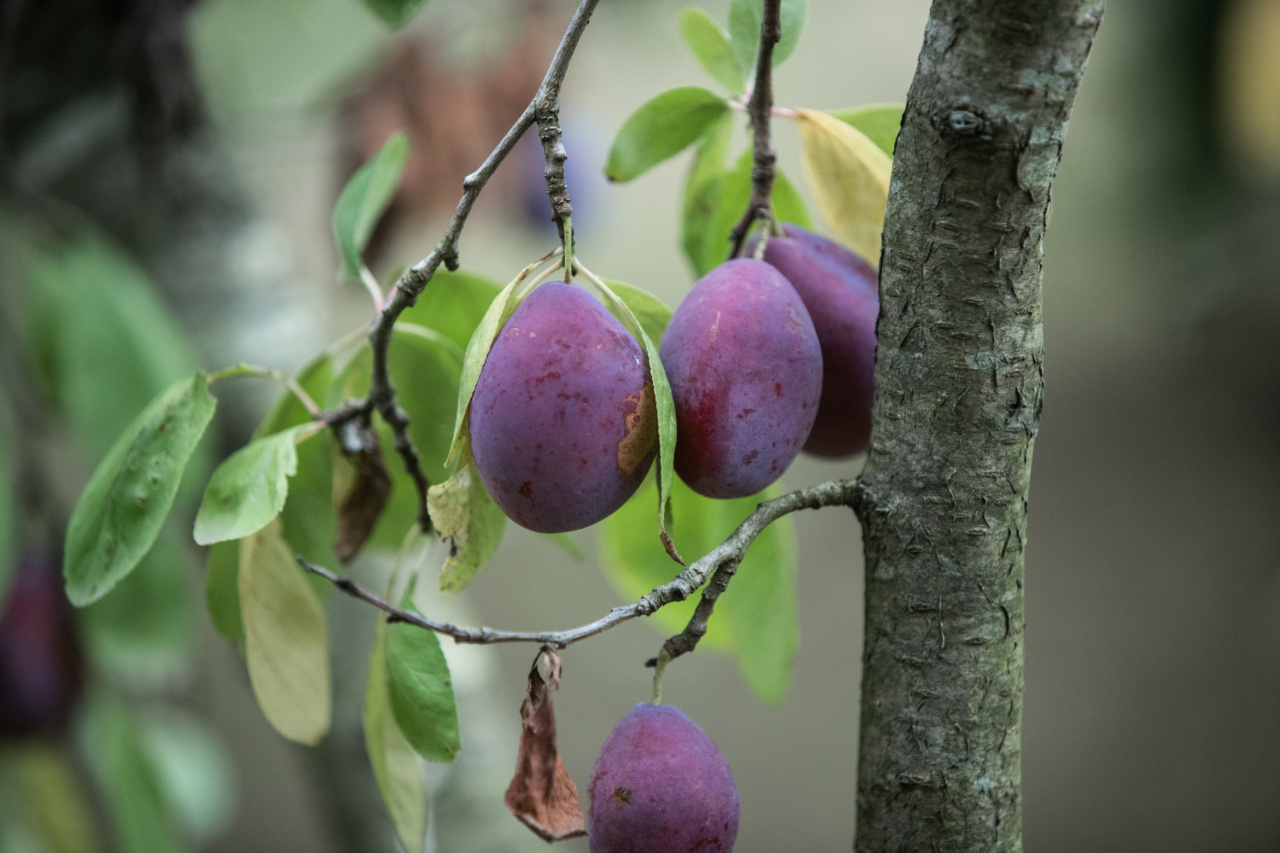Plums are a popular and delicious fruit that is enjoyed around the world. However, due to excessive production and a lack of demand, plums are often considered ‘overflow’ in the agricultural industry.
This surplus of plums poses various challenges for farmers and the market, as well as opportunities for creative solutions.
The Plum Industry
The plum industry plays a significant role in the agricultural sector, with many countries producing large quantities of plums each year. Plums are grown for both domestic consumption and export, and their popularity continues to grow.
However, the rapid expansion of plum production has led to an excess supply, creating a surplus in many regions.
Causes of Excess Plum Production
There are several factors contributing to the excess plum production. Firstly, favorable climatic conditions in certain regions make them ideal for plum cultivation, resulting in high yields.
Additionally, advancements in farming techniques, such as improved irrigation and pest control methods, have increased productivity. These factors have led to an oversupply of plums in the market.
Impact on Farmers
The excess plum production has a significant impact on farmers. With a surplus of plums, the market becomes saturated, and prices decline. Farmers are faced with lower profits or even losses as they struggle to sell their produce at a fair price.
This can lead to financial strain and difficulties in maintaining their livelihoods.
Opportunities for Creative Solutions
While the excess plum production poses challenges, it also creates opportunities for creative solutions. Farmers and entrepreneurs can explore various strategies to utilize surplus plums effectively.
These include value-added products, such as plum jams, jellies, and preserves. Additionally, plum-based beverages, like juices and fruit wines, can be developed to cater to different consumer preferences.
Collaboration with Food Manufacturers
Collaboration between plum farmers and food manufacturers can be mutually beneficial. Farmers can partner with processing companies to process excess plums into different products.
This helps reduce waste and provides an additional market for plum growers. Food manufacturers can source plums at competitive prices and develop a range of plum-based products to meet consumer demand.
Promoting Plum Consumption
To tackle the excess supply issue, promoting plum consumption is crucial. Marketing campaigns can be launched to educate consumers about the nutritional benefits and versatility of plums.
Highlighting the various ways plums can be incorporated into everyday meals and snacks can generate consumer interest and drive up demand.
Government Support
Government support plays a crucial role in addressing the issue of excess plums. Agricultural organizations and policymakers can provide assistance to farmers by offering subsidies and incentives for diversifying their plum-based product range.
Additionally, they can support research and development efforts to identify new markets and uses for plums.
Export Opportunities
Exploring export opportunities can help alleviate the excess plum production problem. While domestic demand may be limited, plums can be exported to countries where there is a high demand for this fruit.
Exporting plums not only helps reduce the surplus but also contributes to the local economy through increased trade.
Collaborative Efforts in the Industry
Collaboration within the plum industry is essential to address the issue of excess. Farmers can come together to form cooperatives or associations to collectively manage production and marketing.
By working together, they can streamline the supply chain, share resources, and negotiate better deals with buyers.
Conclusion
In conclusion, the excess plum production has become a significant challenge for farmers and the market. However, it also presents opportunities for innovative solutions.
By diversifying products, collaborating with food manufacturers, promoting consumption, and exploring export markets, the excess supply of plums can be effectively managed. Through collective efforts and government support, the plum industry can overcome this issue and thrive in the long run.






























